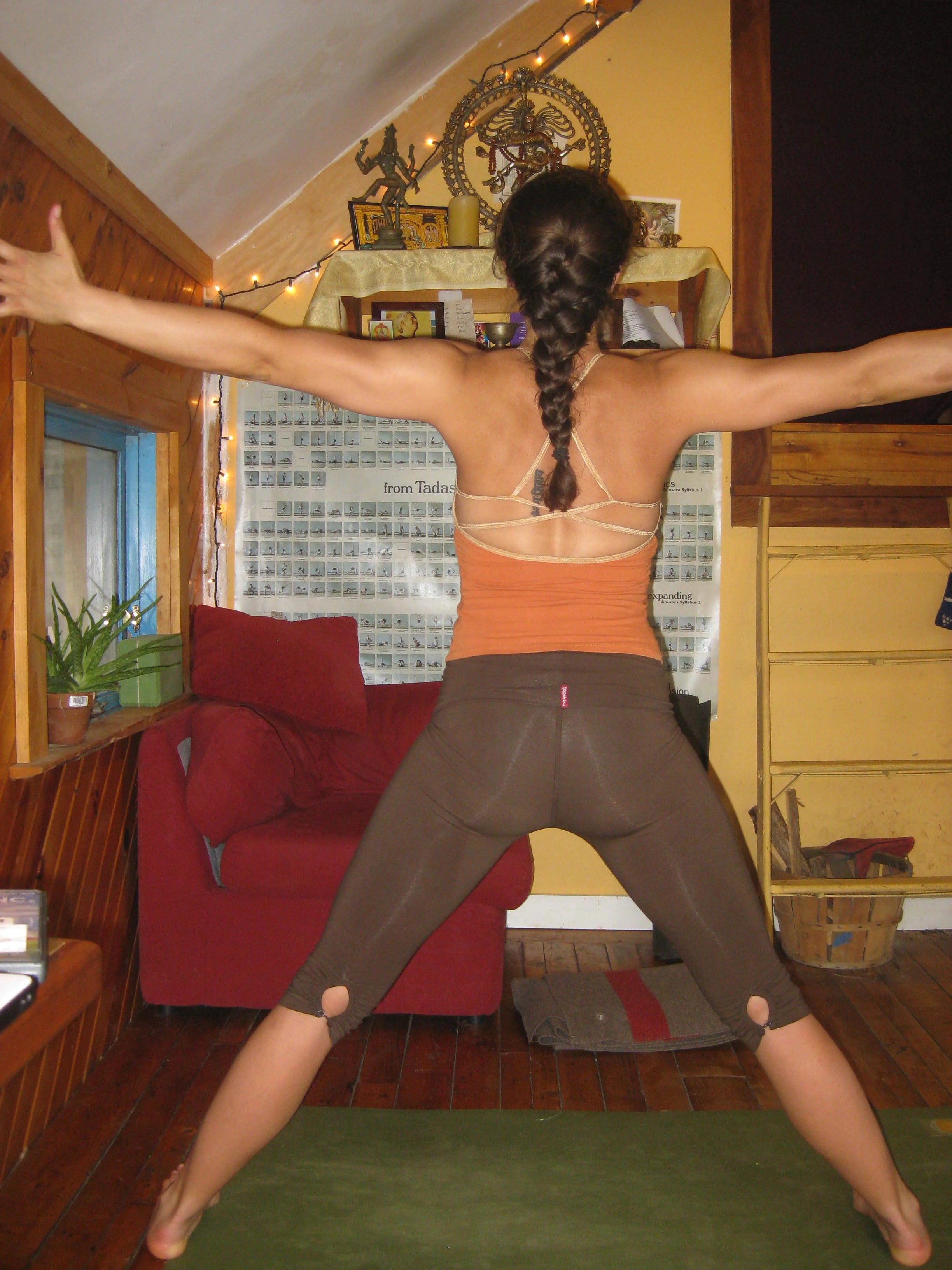Core Strength and The Top 10 Mistakes in Behavior Change
/First of all, for those of you doing my 100x100 challenge, here are some NEW core exercises for September:
Crunches (yes, I am still working on these!) I am slowly building up the number of these I can do in a row, and working toward being able to sit up further
Kayak row: hold something heavy (I like to use a 25lb weightlifting plate, but you could really do this with anything heavy, even a gallon of water would work), sit on the floor with knees bent at ~90 degrees and feet or heels planted on the ground, holding heavy object in both hands rotate to the left and bring object toward the floor, then rotate to the right doing the same thing, rotate back and forth 20x, rest and repeat!
Partial plow: lying on your back on the floor with your arms down by your sides, slowly lift your butt up off the ground and bring your legs up and overhead like you are going toward plow (to avoid excess strain on the back I do not recommend going all the way over to plow, where your feet touch the ground overhead), then slowly lower back down, repeat 10x and rest, then do it again!
Hold plank and side plank for 1 minute each (I usually count one minute as 10 repetitions, but that is completely arbitrary, if it feels super hard you could count it as more).
Since my birthday in mid August I have been plugging away at my self-designed core challenge, which I dubbed "100x100" (100 reps of core exercise every day for 100 days). I have had a few days along the way where I have not made it to 100reps, but for the most part I have been keeping up with it every day and my spine and hips are feeling great! The days I have missed (2 missed days when Gabe and I were hiking and camping at Katahdin because I was dead tired, and 1 day at home last week when I just straight up forgot to do them) got me thinking about a wonderful piece of literature I read during my last semester at UVM. The work is titled "Top 10 Mistakes in Behavior Change" and comes out of a study conducted at Stamford University looking at the various reasons people fail when it comes to making changes in their lives. One of the takeaways I got from the study was that it is important to look at failure as part of the process of change, and not to feel like "well, I missed 1 day so now the whole thing is ruined and I failed!" We are bound to trip up and make mistakes and take steps backward along the way when trying to change our own behavior, it is part of how change takes place. So, for those of you joining me in my challenge (or those who want to jump on board now, or those who are working on other life changes), don't sweat it if you have messed up here and there, just keep working one small step at a time, that is how change happens!
Here are the other "Top 10 Mistakes in Behavior Change" from the Stanford University paper:
Relying on your willpower... imagine willpower does not exist, forcus on concrete, manageable steps
Attempting big leaps instead of baby steps... seek tiny successes, one at a time
Ignoring the ways your environment shapes your behavior... change your context to change your lifestyle
Trying to stop old behaviors rather than creating new behaviors... focus on taking action toward something you want rather than avoiding something you don't want
Blaming your failures on a lack of motivation... if a behavior is difficult to accomplish, find ways to make it easier for yourself
Underestimating the power of triggers... behaviors do not happen without triggers, avoid the settings and scenarios that make change more difficult, seek those that make it easier
Believing informationwill lead to action (knowing is doing)... humans are not as rational as we think we are
Focusing on abstract goals vs. concrete steps... "loosing weight" or "getting in shape" are difficult goals to attain, "walking 15 minutes every day" is much more navigable
Seeking to change a behavior forever rather than for a set amount of time... forever is impossible, a set period of time is not
Assuming behavior change is hard to do... behavior change is actually easy when you have the right process in place and come at it with the right attitude attitude
Reference: Fogg, B.J. (2010) Top 10 Mistakes in Behaviour Change . . . And Some Ways You Can Fix Them, Available at: http://www.slideshare.net/captology/stanford-6401325 (Accessed: 14th September 2014).





















